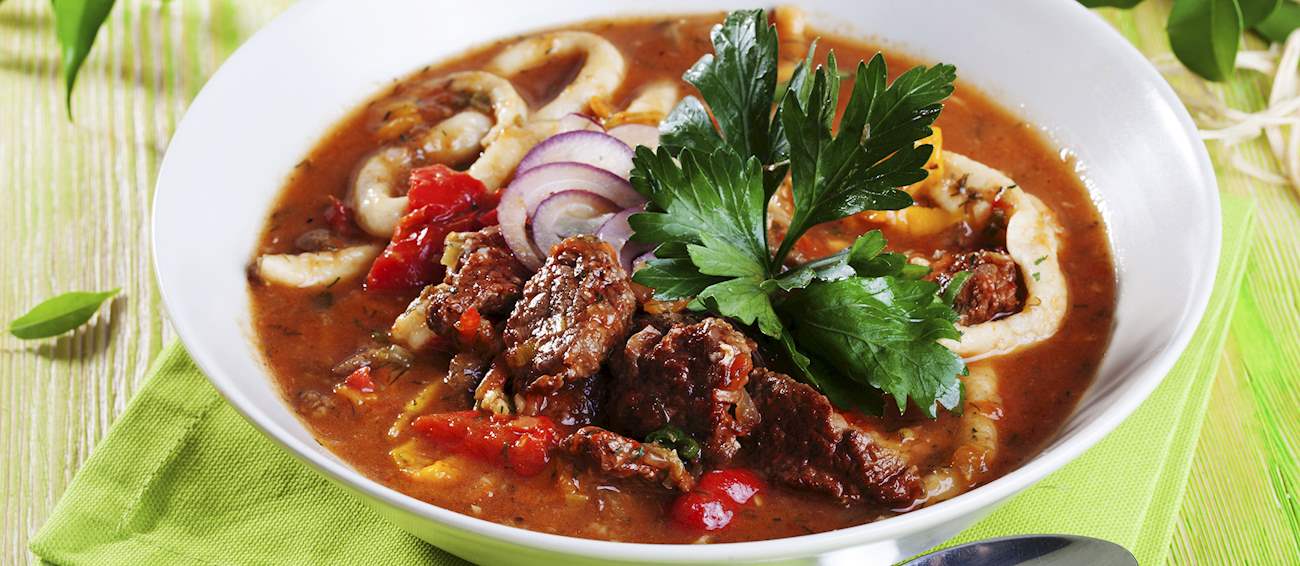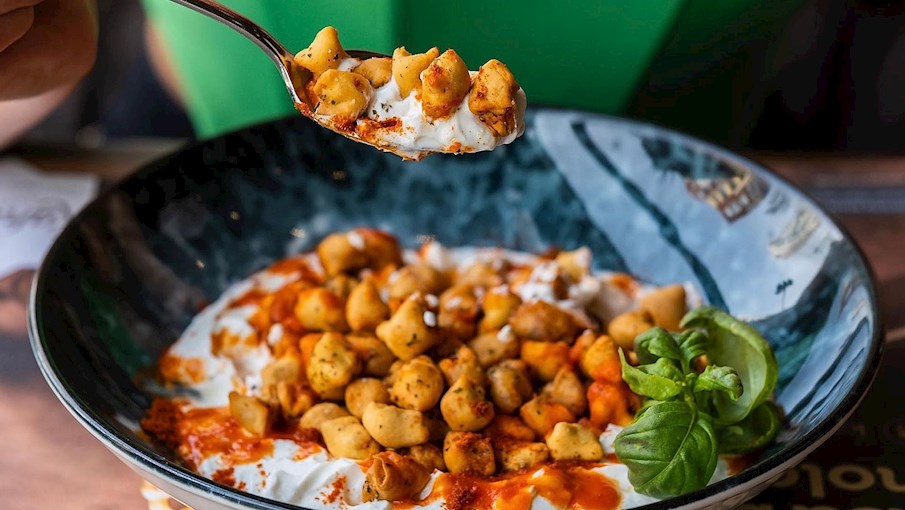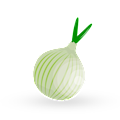Best Uzbekistani Foods
MAIN INGREDIENTS
Manti are traditional Turkish dumplings filled with spiced ground meat and onions. The dumplings are most commonly topped with a sauce consisting of yogurt and garlic. The name of the dish is derived from mantu, meaning dumplings, and they were originally brought over from Central Asia to Türkiye by nomadic Turkish tribes in the 13th century.
Today, manti dumplings are popular throughout Turkey, as well as in numerous other cuisines such as Armenian, Afghan, and Central Asian.
VARIATIONS OF Manti
MAIN INGREDIENTS
Lagman or latiaozi is a dish from Central Asia with possible roots in Xinjiang, a northwestern region of China. The name translates to pulled noodles or hand-stretched noodles, denoting the main feature of the dish. Since there is no fixed recipe, the noodles can be paired with a thick sauce or added to a broth.
Both versions can be prepared with various vegetables or meats, typically beef, mutton or lamb. Popular in countries such as China, Kazakhstan, Kyrgistan, and Uzbekistan, lagman is often served on buffet tables, where each consumer might combine the ingredients according to personal preferences.
Obi non or lepyoshka is a traditional flatbread that is somewhat thicker than naan and is typically shaped into a disc with a decorated top. The dough is made from flour, water, salt, and yeast, and it is traditionally baked in a clay oven known as a tandyr.
Today, there are numerous varieties of the flatbread such as bukhara lepyoshka (sprinkled with sesame and nigella seeds), flaky lepyoshka with cream and butter, and tashkent lepyoshka that is baked as a pastry with milk, butter, and sugar.
MAIN INGREDIENTS
Plov is the national dish of Uzbekistan and the Uzbek word for the famous rice dish called pilaf or pullao. It is of great importance to the nation's history, tradition, and culture. Over fifty versions of the recipe exist, some of them even 10 centuries old, but to make the best-known version, the first step is to make zirvak, a base consisting of seasoned carrots, onions, and meat sautéed in fat.
Once the base is done, rice is added in a layer over the previously sautéed ingredients, topped with water, and everything is simmered until the rice is fully cooked. A vast array of ingredients can be added to plov such as meat, vegetables, and fruit.
OTHER VARIATIONS OF Pilaf
MOST ICONIC Plov
View moreMAIN INGREDIENTS
Shakarap is a simple salad originating from Central Asia, and it is especially popular in Uzbekistan and Kyrgyzstan. It consists of tomatoes, onions, salt, and ground red and black pepper. The tomatoes and onions are thinly sliced, then seasoned, and the salad is ready to be served – either in individual small dishes or as a side dish accompanying meat and rice.
MAIN INGREDIENTS
Qazı is a traditional sausage made from horsemeat, commonly found in Central Asian countries such as Kazakhstan, Kyrgyzstan, Uzbekistan, and among Tatar people. It is considered a delicacy in these regions, where horsemeat has long been an integral part of the diet.
The sausage is typically prepared using the rib meat and fat of horses, which is stuffed into natural casings (usually horse intestines). The meat is seasoned with salt and sometimes light spices, and it can be either boiled or dried. Qazı has a rich, fatty flavor and a firm, chewy texture, making it quite robust in taste.
Dimlama is a traditional stew that's prepared during harvest time. Although every household makes it differently, dimlama is usually prepared with a combination of lamb or beef, onions, potatoes, carrots, peppers, tomatoes, garlic, turnips, pumpkin, green onions, cumin, and cabbage.
What's most important about dimlama is the layering – the lamb is first browned with onions, and the rest of the vegetables are then layered on top without stirring the pot, while the final layer should be cabbage, which helps to seal the flavorful juices inside the pot.
MAIN INGREDIENTS
Samanu is a sweet dessert made from wheat germ, akin to pudding, commonly prepared in Iran, Afghanistan, and Central Asian countries, especially during Nowruz (Persian New Year). It symbolizes abundance, sweetness, and prosperity and is often shared among family and friends.
The dish is made by sprouting wheat germ, grinding it, and cooking it slowly with water and wheat flour. The natural sugars from the sprouted wheat give samanu its sweet taste, requiring no additional sugar. It has a thick, pudding-like consistency and a rich, caramel-like flavor.
Chuchvara is a traditional dumpling originating from Uzbekistan. There are many types of these dumplings, but the stuffing usually consists of finely chopped meat and pork is never used. Some people compare these dumplings with Russian ravioli and dumplings, but there are a few basic differences – chuchvara is smaller, it's boiled in broth with vegetables and fried meat, and the dough is never rolled out separately for each dumpling – a large piece of dough is rolled instead, and it's then cut into smaller squares that are subsequently stuffed with different ingredients.
For the classic version, the dough is made from flour, eggs, salt, and water, the stuffing is made with lamb or beef, onions, and seasonings, and the broth contains onions, carrots, tomatoes, and a piece of meat on the bone. There are also kovurma chuchvara (fried chuchvara) and osh kuktli chuchvara (made with finely chopped greens, hard-boiled eggs, onions, and tail fat).
Samarkand non is a traditional round bread originating from Uzbekistan. This dense and dry bread made from flour and water (or milk) has a long shelf life and it usually looks like a large bagel. The Samarkand type of non has a darker crust and it's larger, heavier, and more filling than the Tashkent non types of bread.
Once baked on the walls of a tandoor oven, the loaf is usually coated with a sheen of oil. In the center, there is a small patch that's covered with black sesame seeds. This type of bread can only be made in Samarkand, and some say (jokingly or not) that the air of the city is the bread's main ingredient.
TasteAtlas food rankings are based on the ratings of the TasteAtlas audience, with a series of mechanisms that recognize real users and that ignore bot, nationalist or local patriotic ratings, and give additional value to the ratings of users that the system recognizes as knowledgeable. TasteAtlas Rankings should not be seen as the final global conclusion about food. Their purpose is to promote excellent local foods, instill pride in traditional dishes, and arouse curiosity about dishes you haven’t tried.














